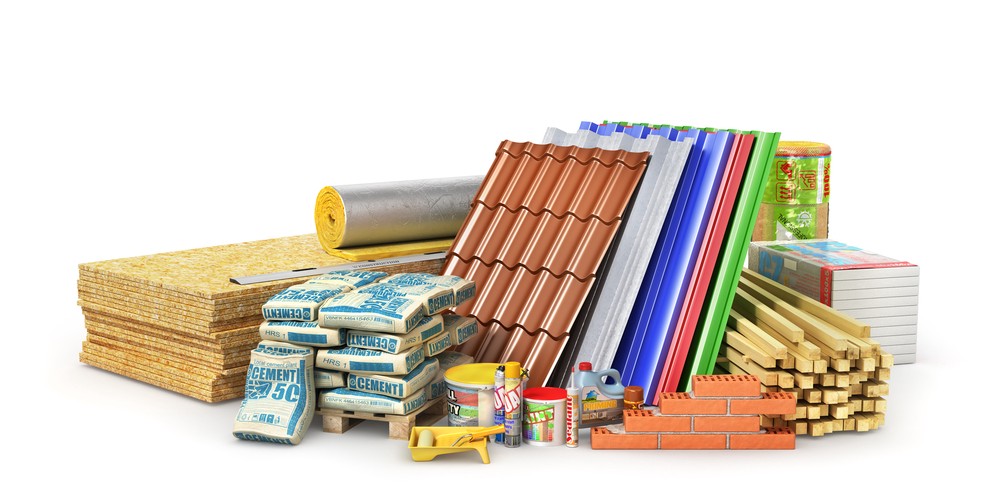Advanced Composites for Long Lasting and Lightweight Building
Advanced Composites for Long Lasting and Lightweight Building
Blog Article
From Waste to Marvel: Exactly How Recycled Compounds Are Transforming Numerous Applications
As sectors worldwide are increasingly focusing on sustainability and ecological responsibility, the usage of recycled composites has emerged as a transformative solution across various industries. From improving the performance of automobile components to providing lasting choices in building products, the applications of recycled composites are huge and appealing.
The Increase of Recycled Composites
The increasing fostering of recycled compounds in different industries mirrors a growing recognition of their environmental and financial advantages. Recycled composites, stemmed from products such as recovered carbon fiber or recycled plastics, offer a lasting option to conventional materials without compromising on efficiency. Industries ranging from automobile and construction to aerospace and customer items are significantly turning to recycled compounds to satisfy their manufacturing needs.
One key motorist behind the increase of recycled composites is the press in the direction of sustainability and eco-friendliness. Business are under increasing pressure to reduce their carbon impact and lessen waste generation. Recycled composites give a remedy by making use of materials that would otherwise end up in garbage dumps, consequently promoting a round economic climate.
Moreover, the financial benefits of utilizing recycled compounds can not be overlooked. These products are commonly much more cost-effective than their virgin equivalents, offering firms a way to reduce manufacturing costs without sacrificing top quality. As innovations in reusing modern technologies continue to enhance, the fostering of recycled compounds is anticipated to further increase across diverse markets.
Benefits in Automotive Market

Lasting Solutions in Construction
Including sustainable techniques in building and construction projects is vital for lessening ecological impact and promoting long-term feasibility in the constructed environment. With the building sector being one of the largest contributors to carbon discharges and waste generation internationally, the fostering of lasting solutions is essential in minimizing these adverse results. Recycled compounds are playing a substantial duty in revolutionizing construction practices by supplying an extra eco-friendly choice to standard structure materials.
Recycled composites, originated from products such as redeemed wood, rubber, and plastic, provide a lasting choice for different building applications. These materials not only aid in minimizing waste but additionally offer stamina, resilience, and convenience similar to traditional building products. By integrating recycled compounds right into structure styles, construction tasks can add to resource preservation and power effectiveness while preserving high performance criteria.
In addition, the usage of recycled composites in building and construction aligns with the growing need for green structures and sustainable framework. As environmental guidelines More hints end up being more stringent and the focus on sustainability heightens, the building industry is significantly turning to recycled compounds as a practical remedy for creating eco-conscious buildings and structures.
Eco-Friendly Innovations in Product Packaging
Eco-friendly products such as mushroom product packaging, seaweed-based films, and compostable plastics provide promising remedies to the plastic air pollution dilemma. These innovative materials not just break down naturally, lowering environmental impact, yet likewise offer comparable functionality and durability to traditional product packaging alternatives.
In addition, innovations in innovation have resulted in the advancement of clever packaging services that expand item rack life and minimize food waste. Time-temperature signs, oxygen scavengers, and antimicrobial packaging aid maintain item quality and high quality, making sure a much longer service life without the demand for dangerous chemicals. Additionally, the assimilation of recycled materials into packaging production procedures further enhances sustainability initiatives. By integrating post-consumer recycled content, companies can minimize the demand for virgin products, save natural deposits, and advertise a circular economic situation in the product packaging market. These environment-friendly developments in product packaging not only profit the atmosphere yet likewise reverberate with consumers that are progressively looking for lasting products.
Changing Textiles With Recycled Composites
In the realm of sustainable products, the focus currently moves in the direction of changing textiles with the cutting-edge usage this page of recycled composites. click this site This advancement in textile manufacturing is driven by the pressing need for even more green methods in the fashion and fabric markets. Recycled compounds use an encouraging option by integrating materials like plastics, carbon fiber, and glass fiber to create resilient and versatile textiles.
Among the crucial advantages of using recycled compounds in textiles is the capacity to repurpose waste materials that would certainly otherwise wind up in garbage dumps. By including recycled aspects into materials, manufacturers can lower their ecological impact and add to a more round economic climate - composites. Additionally, fabrics made from recycled composites usually show improved performance, stamina, and toughness qualities, making them excellent for a vast array of applications
As customer need for sustainable products continues to increase, the fostering of recycled compounds in textiles is positioned to expand substantially. This change towards more eco-friendly textile production not just profits the planet however likewise opens brand-new possibilities for innovation and imagination in the style and fabric industries.
Final Thought

From boosting the efficiency of automobile components to using sustainable choices in building and construction materials, the applications of recycled compounds are promising and vast. Recycled compounds, acquired from materials such as recovered carbon fiber or recycled plastics, provide a lasting option to standard products without compromising on efficiency. Furthermore, the usage of recycled compounds promotes the round economic climate by diverting waste from land fills and decreasing the need for virgin raw products - composites.Recycled composites, obtained from materials such as reclaimed rubber, plastic, and wood, provide a lasting choice for various building applications.In the world of sustainable materials, the emphasis currently changes in the direction of transforming textiles with the cutting-edge usage of recycled composites
Report this page